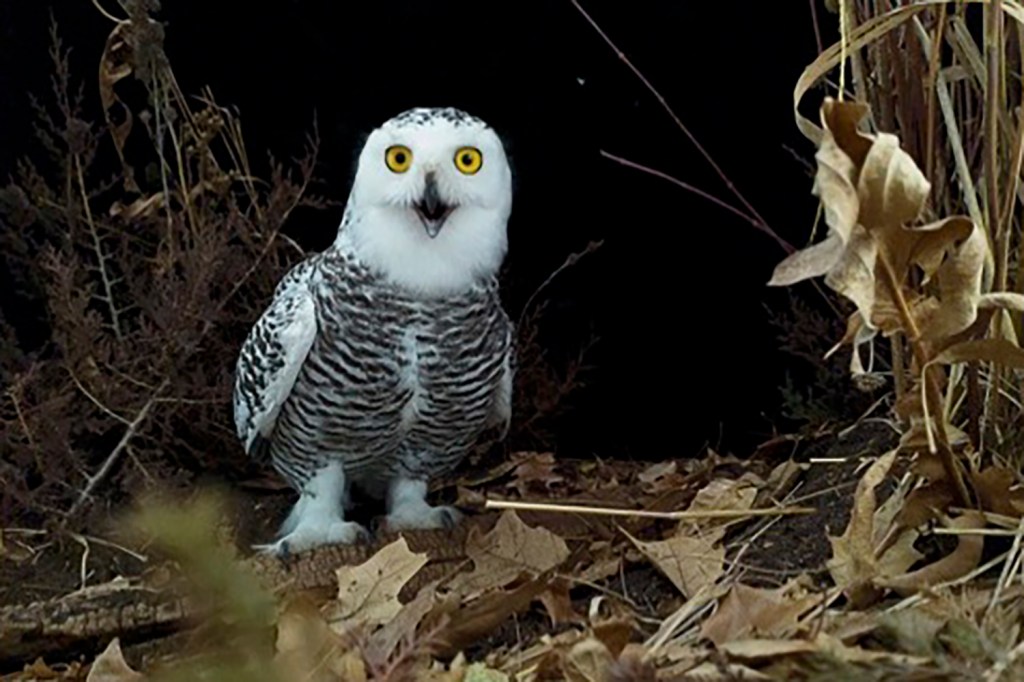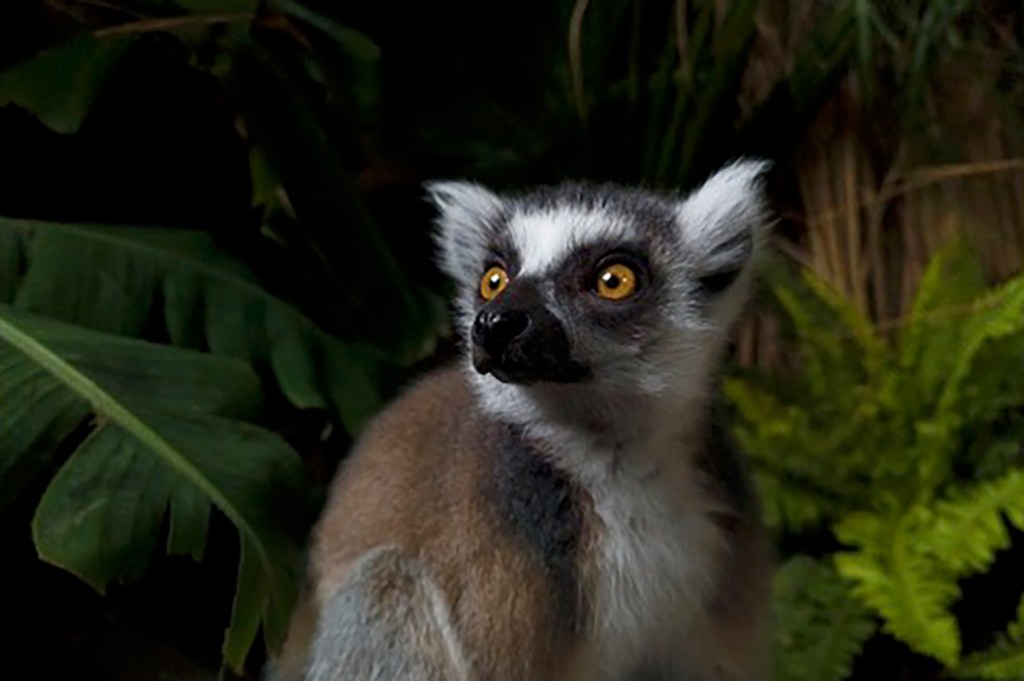Photographing the beauty of endangered species with the OPPO Find X5 Pro
World-renowned National Geographic photographer Joel Sartore captures the beauty of animals at night

Due to various circumstances, natural habitats and animals around the globe are in danger of being lost forever. As custodians of our planet, it’s up to us — a species that has the intelligence, will, and power to drive change — to help ensure that future generations are able to enjoy the nature that we’ve been lucky enough to have experienced ourselves.
One of the greatest enemies of progress and change is indifference. That’s why raising awareness is one of the most powerful tools we have to help ensure that things move in the right direction. There are countless people and organisations around the globe who are working to help protect the natural world.
A person who appreciates the beauty and power of the art of photography is Joel Sartore — an award-winning, world-renowned photographer, speaker, author, and conservationist. Sartore is the founder of the National Geographic Photo Ark – a multiyear effort to photograph all of the approximately 20,000 species living in the world’s zoos, aquariums and wildlife sanctuaries.
Sartore’s work is a mind-blowing showcase of the beauty and colours of nature. From the luminous yellow and black patterns of a deadly poison dart frog to the golden hay-like beauty of a Lion’s mane, the natural world offers infinite examples of the power of colour.
OPPO approached National Geographic to create content to help share the beauty of natural colours with the world. In this campaign, Sartore captured shots and videos of endangered and at-risk nocturnal animals in zoos and sanctuaries, using the OPPO Find X5 Pro.

What led you to get involved with the Endangered Colour After Dark campaign?
All I’ve been interested in, pretty much since I was a little boy, is how to keep species from going extinct. And it really starts with awareness. That’s why we want to do campaigns like this, to get people to be aware of the fact that our actions do matter. How we live, what we consume, how we vote: those all count in a very real way.
Why do you think photography can be such a powerful tool for conservation?
Is a photograph powerful enough to change public opinion, to engage people, and to get them to see the world in a new way and think differently about how they behave? Yes. Absolutely.
Great photography has the power to influence. When we’re able to actually look an animal in the eye and see there’s great beauty and intelligence there, maybe we’ll come away with the inspiration to think that all animals have a basic right to exist, and ask what we can do to help.
Do you have any favourite animals to photograph?
They’re all just amazing in their own way. But in terms of the animals we photographed with the OPPO phone, one of my favourites, oddly enough, is the porcupine. How in the world does that thing manage? How did the spines grow out of it? How do they stay alive, just in terms of having poor eyesight, being so low to the ground? They’ve got this suit of armour, I guess, but to me they’re just amazing animals to look at.
What makes a great photo?
If you want your pictures to be more interesting, stand in front of more interesting stuff. A friend of mine from National Geographic said that to me years ago and it is so true.
I think one of the big things when you photograph after dark specifically, is to not be in complete darkness. Whether you’re using a DSLR or the OPPO phone, you have to have some light to be able to compose your picture and know where the animal is, and just to render a bit of colour in the landscape.
The best pictures usually come right at the end. Wildlife photography especially takes a lot of patience. Does it look great? Shoot it. Does it not look great? Figure out a way to solve the problem. That’s what photography is, it’s basic problem-solving. It’s about capturing good light and capturing the dance of life that goes on all around us every day. That is the key.

Do you have a top tip for photographers looking to shoot animals?
Good zoos, wildlife sanctuaries, public aquariums — those are all great. Work in places where the animals are used to people and are not going to be stressed by your presence, and then be patient.
Look around, figure out which way the scene looks best, which way the light looks best. Even if you’re shooting at night, there has got to be some ambient light there to help you focus and see. So you have to be thoughtful. You have to work with animals that are not stressed. We should never be stressing animals.
Eventually, if you’re patient enough, and you hang out long enough, people and animals will do something interesting. They really will, but it takes a while, so just settle in and don’t be in a rush.
Photographic perfection
The OPPO Find X5 Pro has a 50MP primary camera and a 50MP ultra-wide camera. Every photo taken is then, in turn, treated by specialised colour-tuning processes, developed by OPPO in partnership with Hasselblad.
“No matter whether it’s a mobile photography device or a more professional photography device, colour accuracy is very important,” says OPPO product manager Travis Zhao. “When a photographer actually takes a photo, they capture the scene with their own eyes. We want to respect this whole process and restore these scenes as much as possible with our device.”
It’s this philosophy — one that allows the camera to be the best tool capable of achieving a photographer’s vision — that is also shared by Hasselblad: “You have to start with accurate colour,” says Bronius Rudnickas, marketing manager at Hasselblad. “While a photographer may not want their final image to appear just as their eyes saw it, such realism needs to be the starting point, the canvas for creative expression.”
Beyond accurate colours, capturing detail, particularly in low-light conditions, remains one of the most important and difficult challenges in photography, and is of vital importance to photographers like Sartore who often shoot in challenging conditions.
The Find X5 Pro uses extremely advanced algorithms to produce stunning night time and HDR shots, in addition to low-light video recording. “When we deploy these algorithms, we don’t use them for their own sake. We’re factoring in the environment, the whole shooting atmosphere, and trying to restore that ambience as much as possible — based on our philosophy for colour calibration,” Zhao continues.



